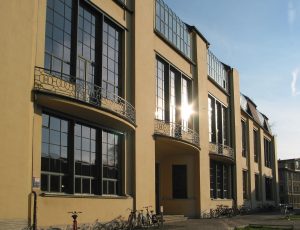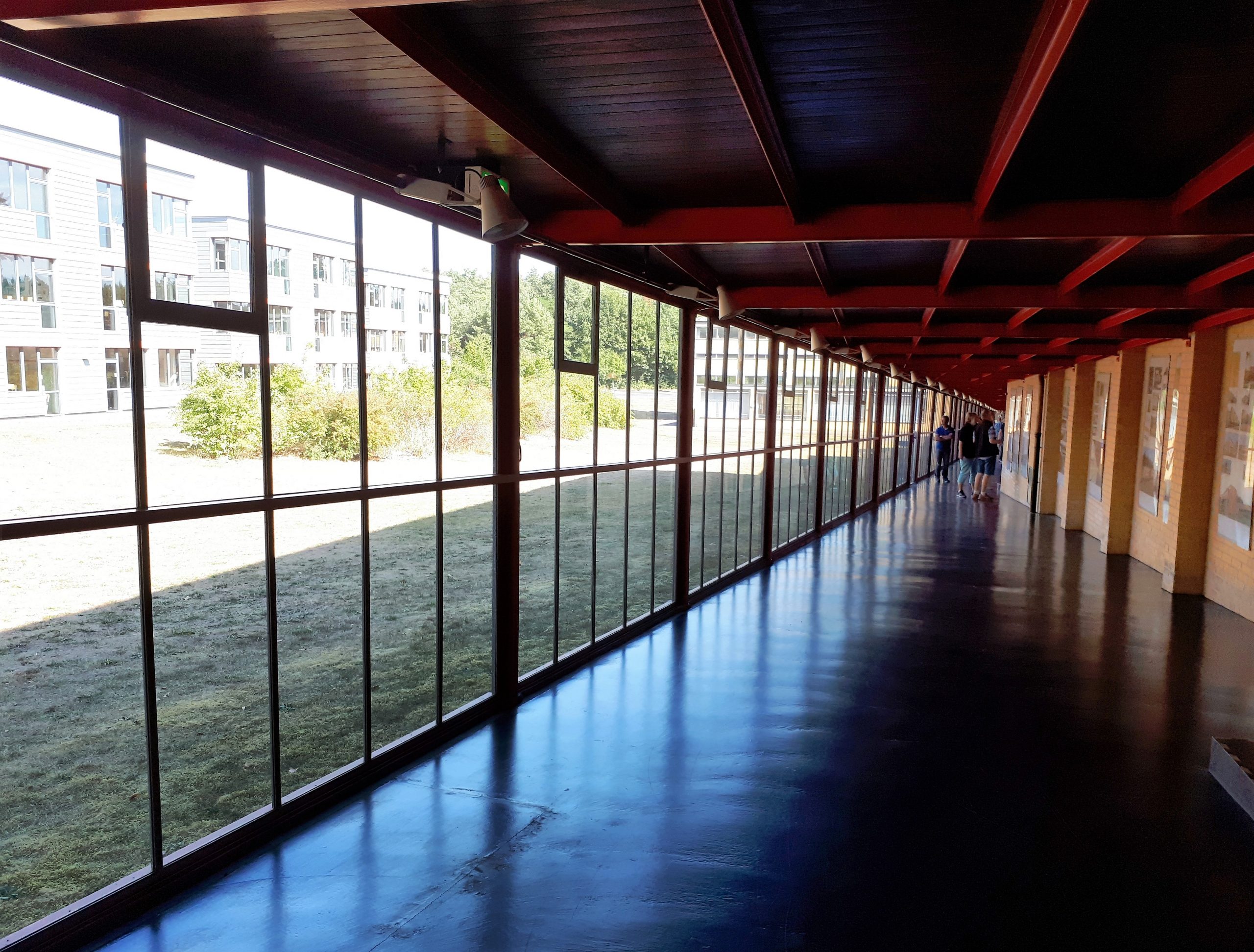Einheit 3.6 (online)
 UNESCO-Welterbe. Die UNESCO führt eine Liste von Kulturdenkmälern und Naturstätten, die besonders signifikant sind. Sie werden zu einem “Kulturerbe” oder zu einem “Naturerbe” erklärt und werden von internationalen Verträgen geschützt. In Deutschland gibt es 46 Welterbestätten (43 Kulturerbestätten und 3 Naturerbestätten).
UNESCO-Welterbe. Die UNESCO führt eine Liste von Kulturdenkmälern und Naturstätten, die besonders signifikant sind. Sie werden zu einem “Kulturerbe” oder zu einem “Naturerbe” erklärt und werden von internationalen Verträgen geschützt. In Deutschland gibt es 46 Welterbestätten (43 Kulturerbestätten und 3 Naturerbestätten).
Heute lernen Sie etwas über “Das Bauhaus und seine Stätten in Weimar, Dessau und Bernau”.



|
Between 1919 and 1933 the Bauhaus movement revolutionized architectural and aesthetic thinking and practice in the 20th century. The Bauhaus was a centre for new ideas and consequently attracted progressive architects and artists. The Bauhaus buildings created and decorated by the School’s professors (Henry van de Velde, Walter Gropius, Hannes Meyer, László Moholy-Nagy and Wassily Kandinsky) launched the Modern Movement, which shaped much of the architecture of the 20th century and beyond. The Bauhaus represents the desire to develop a modern architecture using the new materials of the time (reinforced concrete, glass, steel) and construction methods (skeleton construction, glass facades). The buildings located in Weimar, Dessau, and Bernau were inscribed on the World Heritage List as important contributions to the Bauhaus ideas of austere design, functionalism and social reform.
(Description adapted from http://whc.unesco.org/en/list/729/ under license CC-BY-SA IGO 3.0)
|
Wo liegen Weimar, Dessau und Bernau auf der Landkarte? Welterbe in Deutschland
Sehen Sie das Video an.
 Wortschatz in Quizlet:
Wortschatz in Quizlet:
Bauhaus
Sonstige Wörter
 Take Quiz 13 on Canvas.
Take Quiz 13 on Canvas.
![]() UNESCO-Welterbe. Die UNESCO führt eine Liste von Kulturdenkmälern und Naturstätten, die besonders signifikant sind. Sie werden zu einem “Kulturerbe” oder zu einem “Naturerbe” erklärt und werden von internationalen Verträgen geschützt. In Deutschland gibt es 46 Welterbestätten (43 Kulturerbestätten und 3 Naturerbestätten).
UNESCO-Welterbe. Die UNESCO führt eine Liste von Kulturdenkmälern und Naturstätten, die besonders signifikant sind. Sie werden zu einem “Kulturerbe” oder zu einem “Naturerbe” erklärt und werden von internationalen Verträgen geschützt. In Deutschland gibt es 46 Welterbestätten (43 Kulturerbestätten und 3 Naturerbestätten).
![]() Wortschatz in Quizlet:
Wortschatz in Quizlet:![]() Take Quiz 13 on Canvas.
Take Quiz 13 on Canvas.

